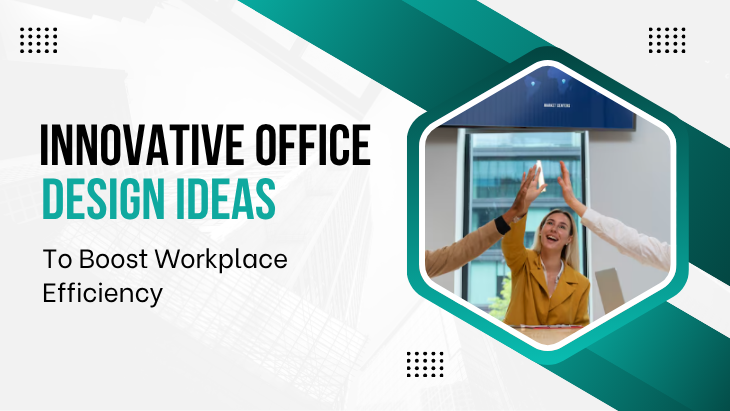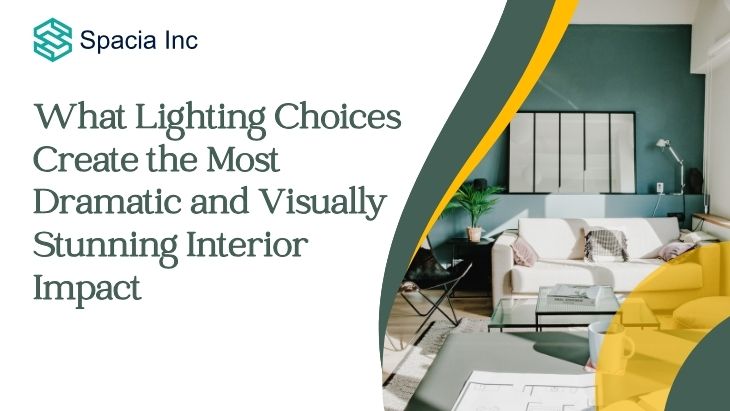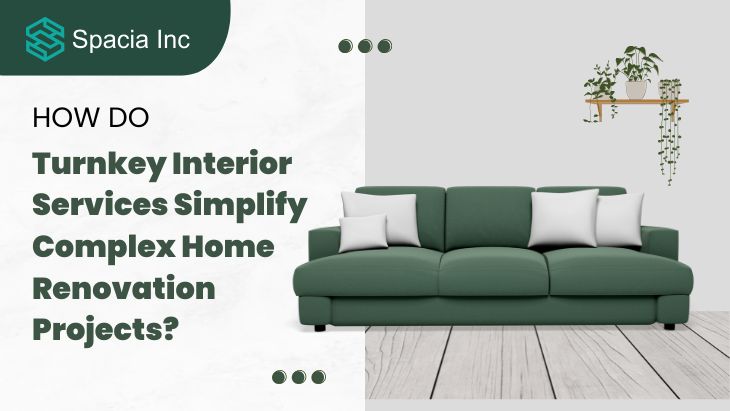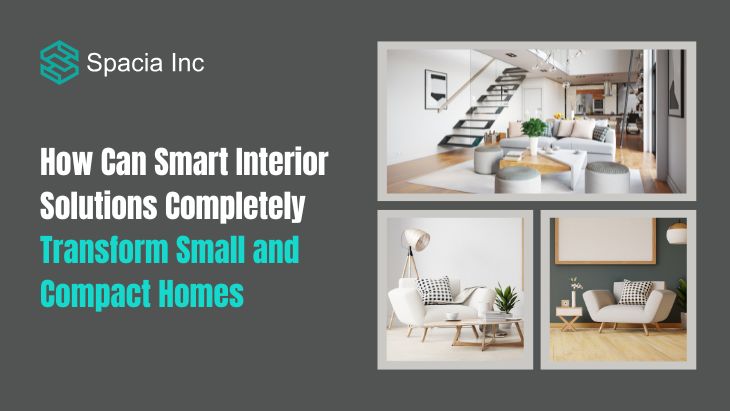In today’s fast-paced corporate environment, the design of your office is more than just aesthetics it's a strategic tool that can significantly influence productivity, employee well-being, and overall workplace efficiency. Forward-thinking companies are embracing smarter, more dynamic layouts to inspire collaboration, focus, and innovation.
Whether you're planning a complete office overhaul or making small updates, investing in effective office design can yield long-term benefits. Companies offering Interior Design & Turnkey Solutions are helping organisations transform their workspaces into functional, brand-aligned environments that support modern work culture.
Why Office Design Matters
A well-designed office reflects a company’s culture, values, and goals. It plays a vital role in:
- Enhancing employee engagement and satisfaction
- Improving collaboration and communication
- Reducing stress and absenteeism
- Optimising workflows and spatial efficiency
Let’s explore the key elements and innovative ideas that can redefine your workspace for the better.
Open vs. Closed Office Layouts
Pros and Cons of Open Workspaces
Open office layouts have gained popularity for encouraging transparency and team interaction. Benefits include:
- Easier communication and faster collaboration
- Cost-effective use of space
- Flexibility for various team sizes
However, they also come with drawbacks:
- Noise and distractions
- Lack of privacy
- Potential for decreased productivity for focused tasks
Benefits of Private Workspaces
Private or enclosed areas allow for concentration and confidential work. These are ideal for:
- Client meetings
- HR and administrative departments
- Employees needing quiet zones
Finding a Hybrid Balance
Many companies are now blending both models, creating flexible environments where employees can choose between open collaboration areas and private zones based on their tasks.
Incorporating Flexible Workspaces
What Are Flexible Workspaces?
These are adaptable environments that accommodate changing team sizes and work styles. They can be:
- Easily reconfigured
- Used by multiple teams
- Designed for multiple functions
Hot Desking & Desk Booking Systems
These systems support mobile teams by allowing employees to book desks as needed, reducing the number of assigned seats and optimising space usage.
Breakout Spaces for Collaboration
Casual seating areas with whiteboards or digital displays encourage spontaneous brainstorming and interdepartmental discussions.
Ergonomics and Employee Well-being
1. Ergonomic Furniture That Works
Providing ergonomic chairs, sit-stand desks, and supportive monitor arms helps reduce strain and increase comfort.
2. Adjustable Desks and Chairs
Giving employees control over their workstations promotes autonomy and accommodates various body types and preferences.
3. Wellness Rooms and Relaxation Pods
Spaces for meditation, napping, or stretching give employees a mental reset and support holistic wellness.
The Role of Natural Light and Biophilic Design
1. Importance of Daylight in Productivity
Studies show that natural light improves mood, reduces fatigue, and increases productivity. Positioning desks near windows or using glass partitions can maximise exposure.
2. Indoor Plants and Green Walls
Incorporating greenery improves air quality, reduces stress, and adds visual appeal. Living walls and planters are both functional and decorative.
3. Nature-Inspired Materials and Colours
Wood, stone, and earth-toned palettes bring the calming essence of nature indoors.
Technology-Integrated Workspaces
1. Smart Meeting Rooms
Equipped with digital whiteboards, wireless connectivity, and automation tools, these rooms enhance meeting efficiency and remote collaboration.
2. Touchless Entry and Smart Lighting
Motion-activated doors and lights improve hygiene and convenience, while smart lighting adjusts to natural rhythms to reduce eye strain.
3. Acoustic Panels and Soundproofing Tools
Open layouts often struggle with noise. Acoustic ceiling tiles, wall panels, and desk dividers can significantly reduce distractions.
Creative Colour Schemes and Branding
Psychological Effects of Colour
Colour influences mood and behaviour. For example:
- Blue fosters calm and focus
- Yellow boosts creativity and optimism
- Green promotes balance and relaxation
Aligning Colours with Brand Identity
Incorporate brand colours subtly through accents, furniture, or feature walls to reinforce company culture and values.
Collaborative Zones and Huddle Areas
Importance of Informal Meeting Spots
Quick discussions don't always need formal rooms. Lounge areas with soft seating encourage open communication.
Designing Agile Collaboration Spaces
Movable furniture and writable surfaces enable teams to customise their environment according to the task at hand.
Office Design for Remote and Hybrid Teams
Tech Hubs and Video Call Booths
Dedicated booths equipped with proper lighting, microphones, and screens improve remote communication quality.
Furniture That Adapts to Hybrid Work
Mobile furniture, foldable desks, and convertible seating help accommodate varying occupancy levels.
Culture-Driven Office Design
Reflecting Company Values in Design
Use design to celebrate company achievements, display mission statements, and reinforce cultural messages.
Spaces that Encourage Inclusion
Designing for accessibility and inclusivity makes every employee feel valued. Consider:
- Wheelchair-accessible layouts
- Gender-neutral restrooms
- Prayer or quiet rooms
Conclusion
Innovative office design is no longer a luxury, it's a strategic necessity. A well-thought-out workspace can fuel creativity, reduce stress, and enhance collaboration. From integrating smart tech and biophilic elements to creating flexible layouts and brand-aligned environments, the possibilities are vast.
Partnering with firms like Spacia Inc that specialise in Interior Design & Turnkey Solutions can ensure your office transformation aligns with your goals, brand identity, and the evolving needs of your team. Start reimagining your workspace today and make it a true asset to your organisation.





Leave a reply